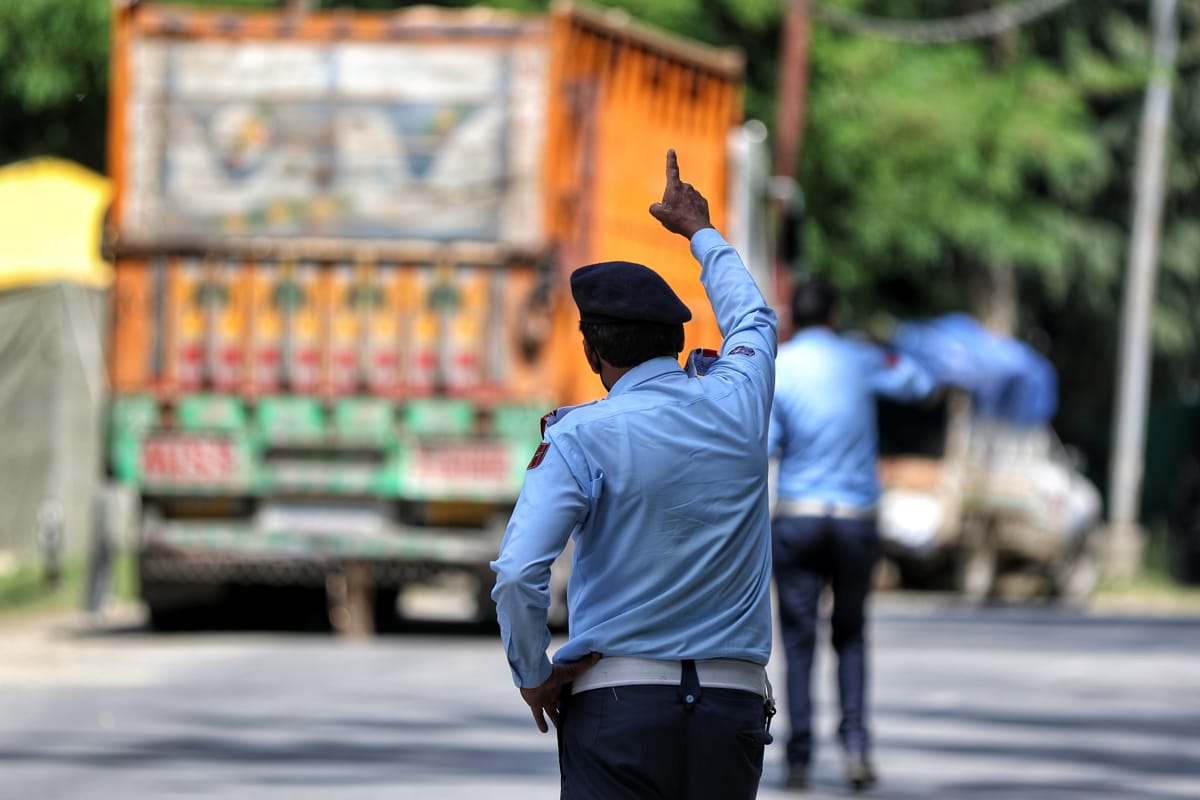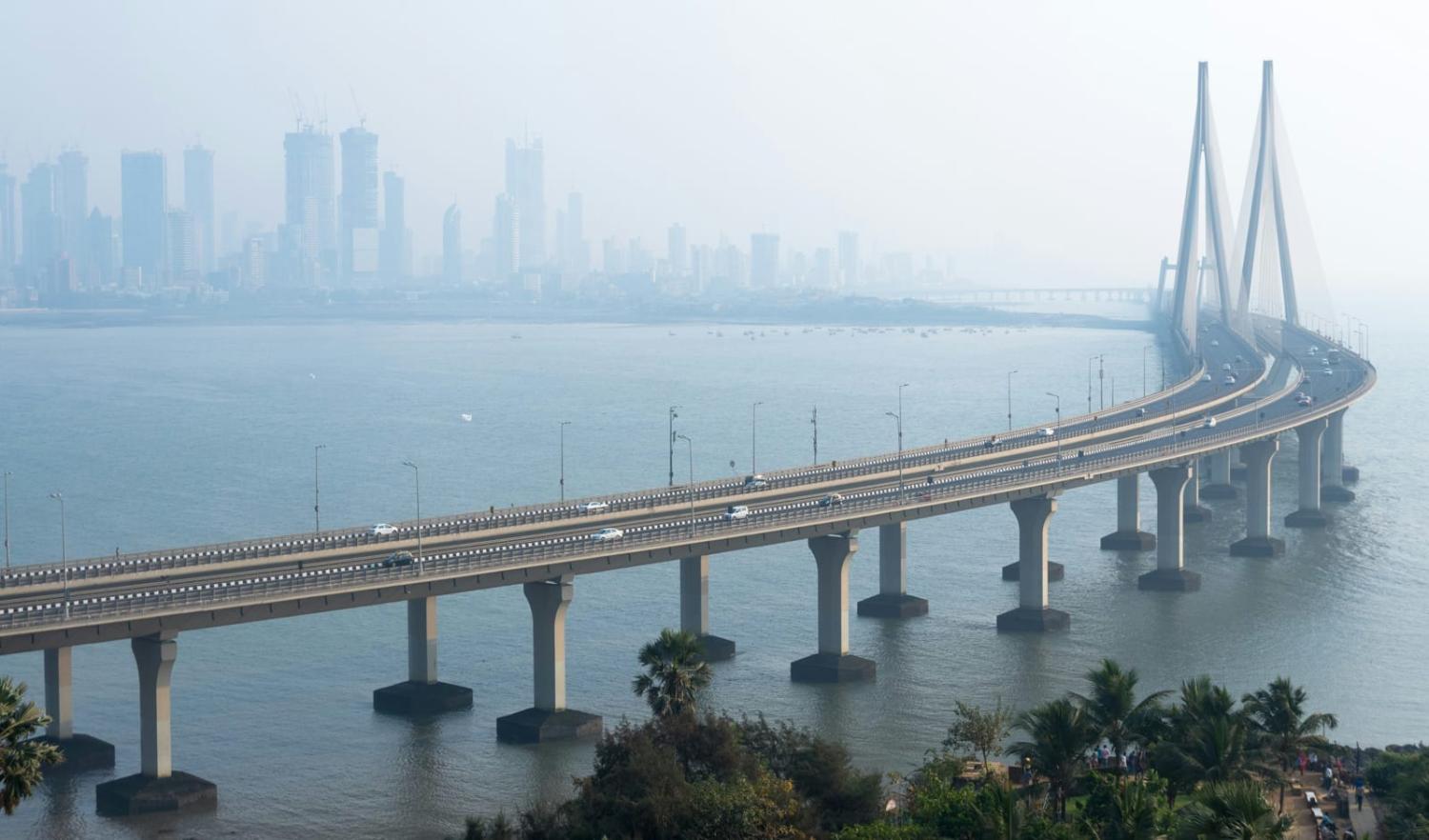With India’s economy recording impressive growth, the country’s cities are emerging as pronounced markers of gains. With a concentrated push to improve infrastructure chalked up to ameliorate India’s longstanding connectivity problems, its extant urban areas are growing significantly. At the same time, dedicated programs to spur urban growth as well as an ambitious set of planned “industrial corridors” across the country – even as they progress in fits and starts – could very well lead to the creation of new, well-planned, Indian cities, “strengthen[ing] the grand edifice of developed India,” as Prime Minister Narendra Modi claimed in a speech in December.
That said, the extent to which India’s ambitious urbanisation plans would succeed is contingent on how the country secures its cities. If urban areas are indeed to contribute 75 per cent of India’s GDP by the end of the decade – as the Indian government estimates – the country’s future as a leading Indo-Pacific power critically depends on the extent to which its cities are resilient in the face of a wide array of current and emerging threats.
Indian megacities face many challenges, including abysmal air quality and persistent water scarcity, exposing the chronic inability of local and regional authorities to manage basic common goods. In up-and-coming cities such as Gurugram – a corporate hub outside New Delhi dotted with gleaming gated communities and smart office high-rises – rampant “enclavisation” promotes an exclusionary civic ethic, marked by sharp socio-economic inequity and sporadic instances of unrest along religious and caste lines.
While smaller cities in the country's Hindi-speaking heartland show higher levels of caste- and gender-related violence compared to their larger counterparts, Kolkata – the eastern Indian megapolis – has emerged as a hub of cyberfraud with global reach even as it reports the lowest crime rate among peers. India has around 153 police personnel for every 100,000 residents (compared to approximately 240 in Australia). The problem, however, runs deeper. Cities such as New Delhi have some of the largest police forces in the world. Yet the public’s trust in them remains low, thereby inhibiting greater voluntary citizen involvement.
As with other things Indian, the past is often feared as the prologue.

More than 15 years since the devastating sea-borne Mumbai terror attacks (which remain a quintessential example of unconventional urban warfare), maritime experts assess the state of coastal security as “suboptimal,” and senior security officials publicly stress the need for coordinated security-crisis management.
Over the past four decades, several Indian cities have erupted in large-scale violence, none so like Delhi in late 1984, which saw the deaths of more than 2100 Sikhs following the assassination of prime minister Indira Gandhi, or Mumbai between December 1992 and January 1993 when Hindu-Muslim riots left around 900 dead.
To be sure, instances of violent unrest have steadily decreased in India over the past two decades across the board. Yet, as events in and around New Delhi over the past four years show – religious riots in 2020 and large-scale farmers’ protests that year and the next that ran the risk of inadvertently aiding the revival of Sikh separatism – old fault lines continue to persist. Finally, as experts probe the links between migratory inflows, resource scarcity, dense haphazard urbanisation, and societal upheaval, Kolkata of the 1960s and 1970s makes for a depressingly on-point case study.
At the same time, Indian metropolises and newly urbanised areas also hold important clues about newer threats.
Urban growth cutting into rural agricultural land could greatly stretch fresh food supply chains for cities, worsening food insecurity among the urban poor. As the effects of climate change deepen, this could pose a particularly vexing problem. Organised resistance against (real or perceived) encroachment of rural land could also prove to be potent law-and-order threats to cities. As the latest, ongoing round of farmers’ protests around Delhi demonstrates, agricultural interest groups, especially in India’s north and west, possess considerable muscle and ingenuity to disrupt the flow of people and goods in and out of cities at will.
Meanwhile, rapid internet and social media penetration, including in rural India, could help nucleate new and potentially violent political movements around specific grievances, including apparent losses from rapid urbanisation. In December, a handful of activists who had met over Facebook pulled off a dramatic (but ultimately harmless) breach of security in the Indian parliament. The stunt underscored the ability of small inchoate groups to convene virtually unmonitored and present potentially grave security threats.
In the past, the Indian government has responded to large-scale law and order challenges by shutting off the internet in areas of concern, most recently during the farmers’ protest. That tactic might not work in the not-so-distant future as secure peer-to-peer “mesh” networks facilitate mobile communications in the absence of internet connectivity. (An unsecured communication app based on mesh networks was used by activists during the 2019-2020 protests in Hong Kong as Beijing censored the internet.)
What steps, then, could India take to ensure that its urbanisation plans do not usher in unexpected national security challenges? Beyond the obvious – ensuring inclusivity and equitability – India needs to make security and law enforcement concerns front and centre in urban planning, including by forming multi-stakeholder urbanisation working groups with police, intelligence, and defence personnel on board.
The country’s planners must tap into newer, “ecological” views of how cities function and what they mean for national security, with Australian scholar-soldier David Kilcullen’s work on a systemic view of urban security providing good conceptual starting points.
India must also reach out to its partners to regularly share views on best intelligence and policing practices. The New York Police Department Intelligence Bureau – with its significant international footprint – is an obvious choice, notwithstanding serious allegations levelled by the New York Southern District against the Indian government.
But most importantly, the Indian security establishment must consider honest, plausible hypotheses about the security environment. Even if that means entertaining the possibility that India’s urbanisation journey could be perilous.

